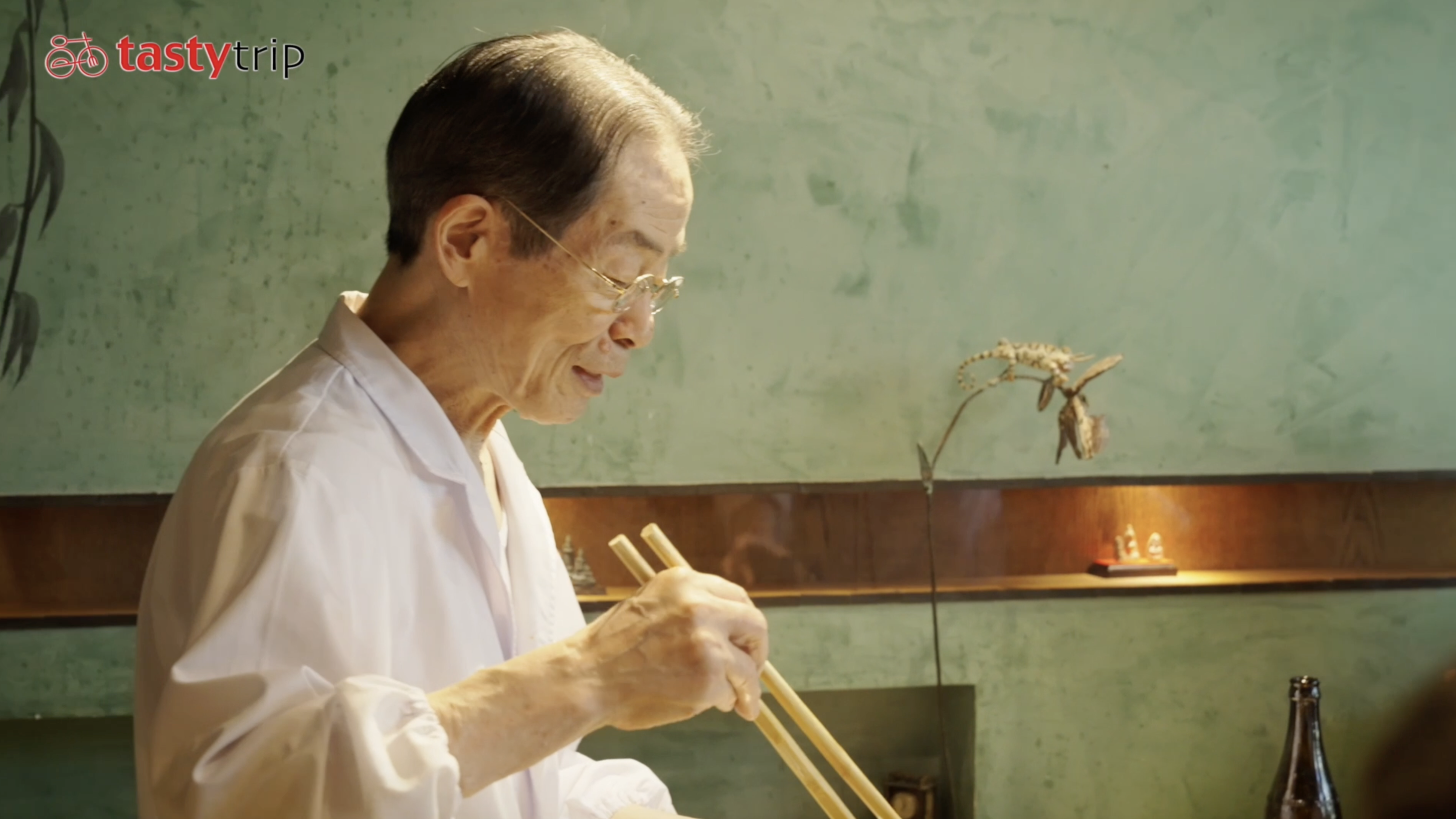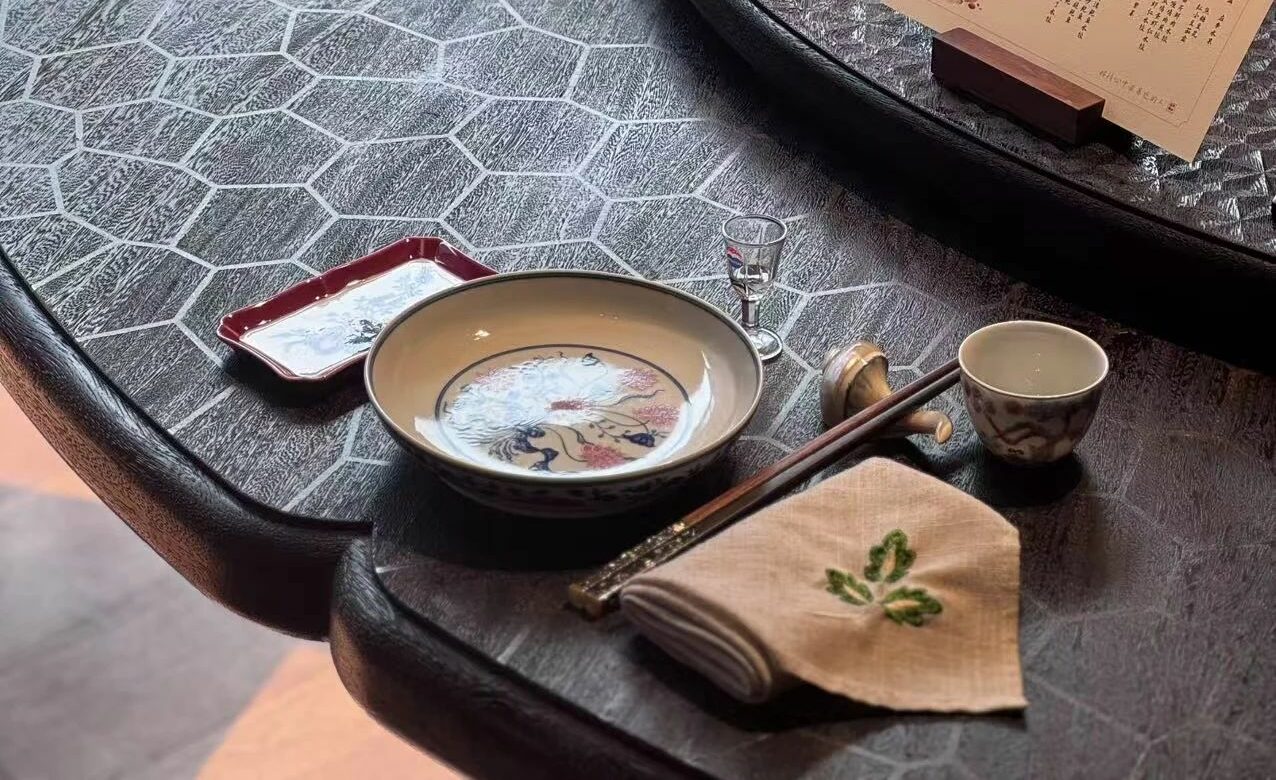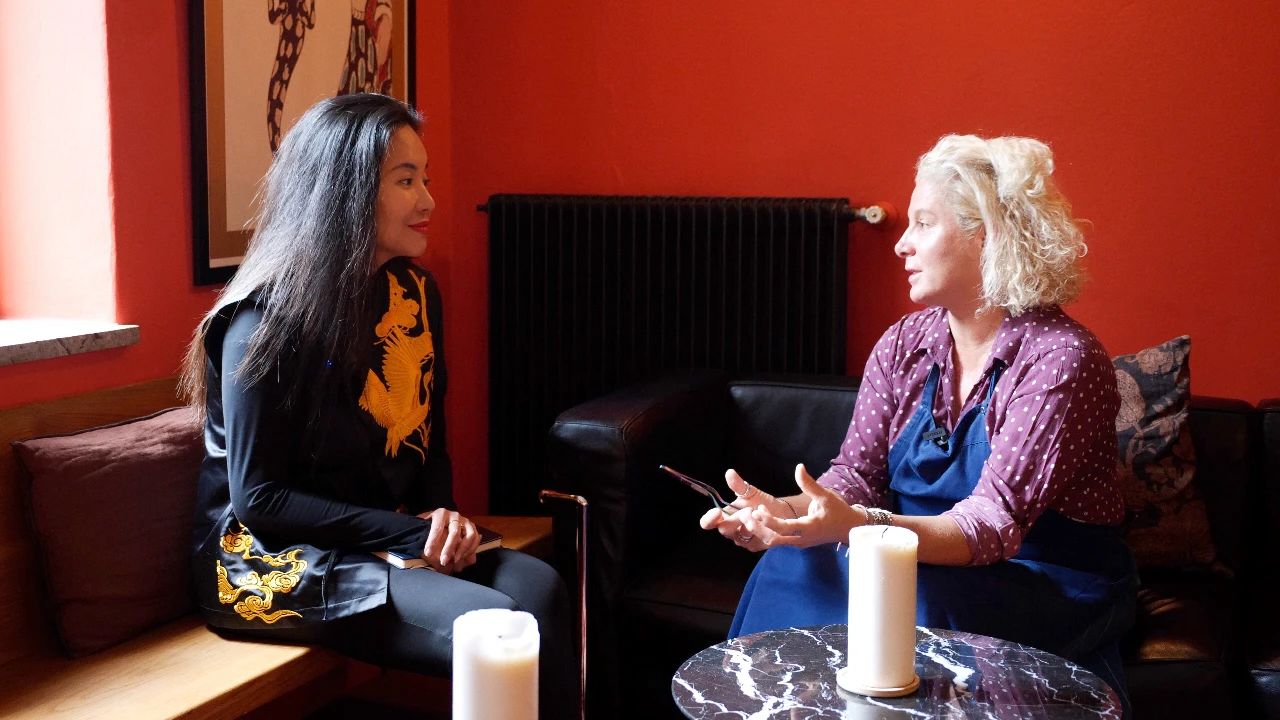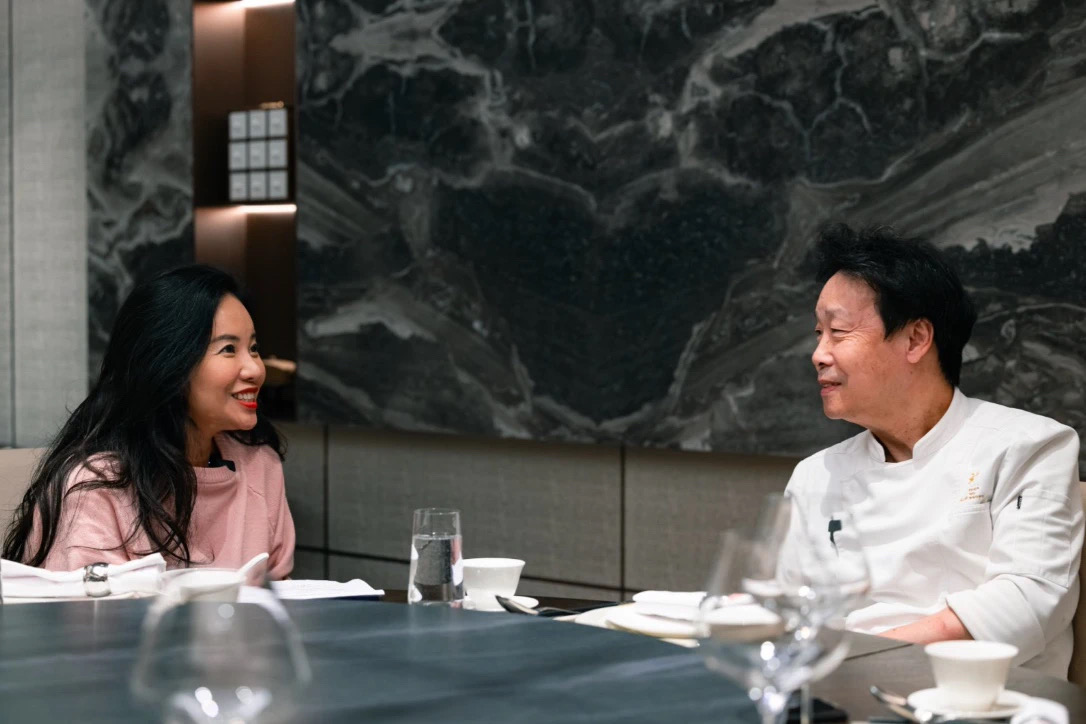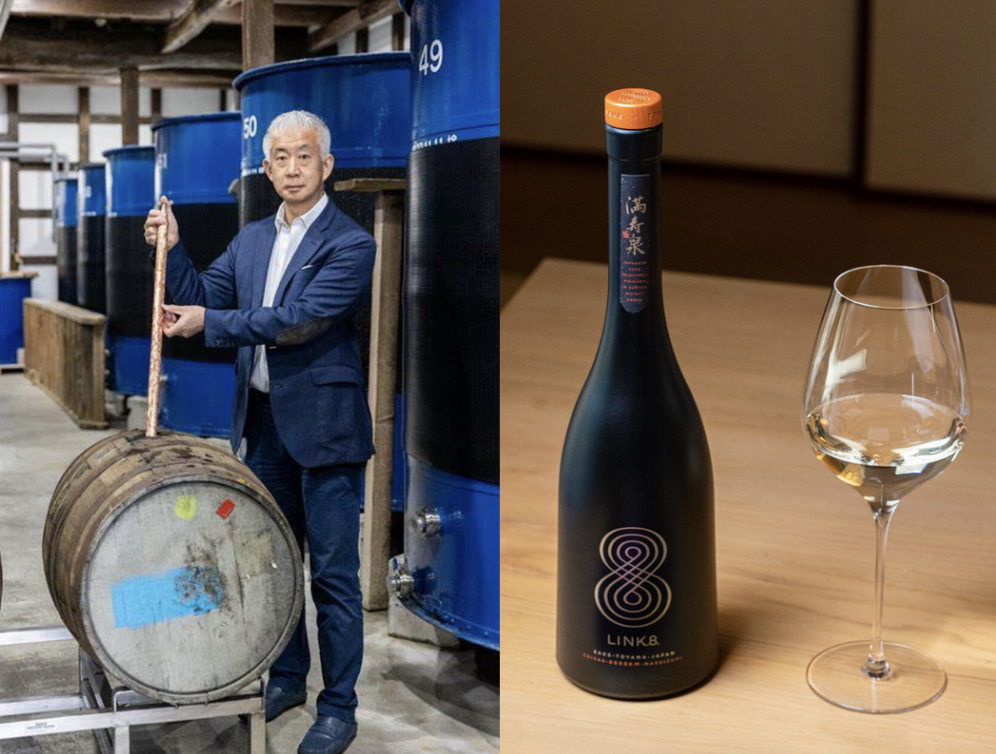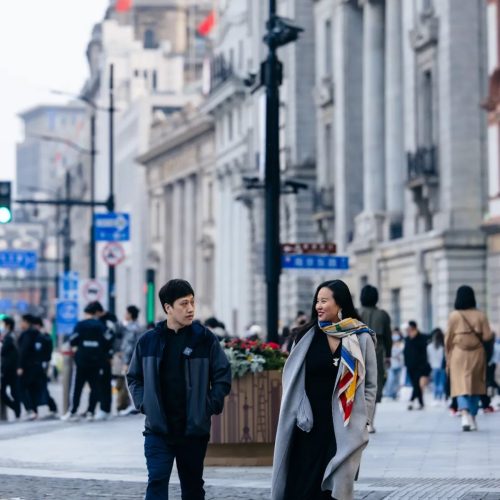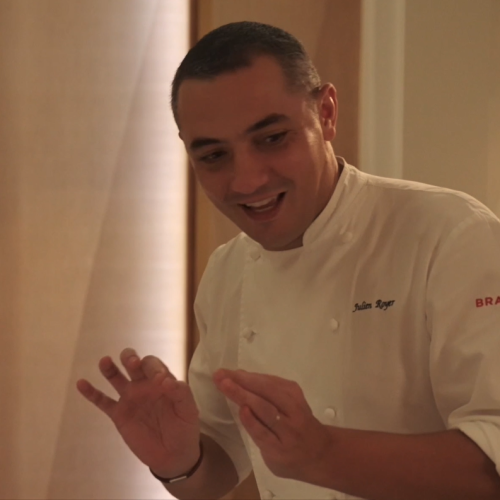A person who is able to do simple things to the fullest without being distracted can be called a shokunin (professional). But what is the definition of a person who goes beyond being professional? Tetsuya Saotome, the 78-year-old chef of the prestigious Japanese tempura restaurant Mikawa Zezankyo, is often referred to as one of the gods of Japanese cuisine. He has made “making tempura” a form of art, which is not only backed up by intuition but also by science.
@Jocelyn華姐的TastyTrip
I have visited several popular tempura restaurants in Tokyo, including those that are difficult to book or have a modern style. Planning food trips is both a job and a hobby for me. But personally, I prefer simple meals, and Zezankyo has always been irreplaceable for me because I really like traditional-style tempura and Saotome-san’s amicable humour. Though the quality of food is undeniably important, the personality of the chef does have an impact on the style and charm of a restaurant, especially when it is presented in itamae style.
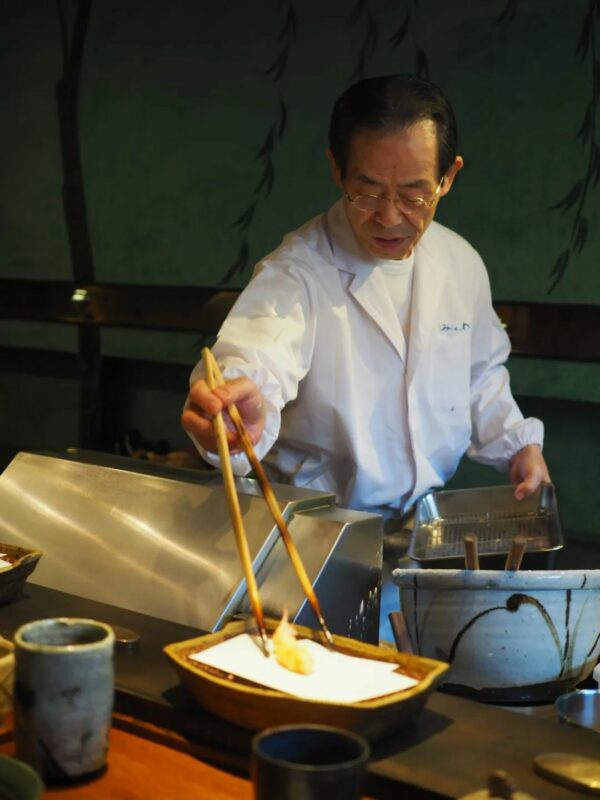
Many of today’s restaurants are making their tempura lighter and grease-free, some even with almost no coating on certain ingredients. The technique is no easy feat, the result by all means delicious. But Zezankyo has been approaching tempura making with the traditional method, with a thin, crispy coating that retains the essence of tempura and a unique aroma from a mixed use of sesame oil and cottonseed oil. I am baffled by opinions that desserts are good because they are not sweet, or that tempura is tasty because there is no extra grease on the oil-absorbing cooking paper placed underneath. For those who have never visited a professional tempura restaurant, “deep-frying” seems to be an original sin. Well, trying out new things may help us gain a different perspective.
The first thing that stroke me as I stepped into Zezankyo was the elegant willow tree depicted on a green wall. Even the range hood is custom-made in the shape of a huge bowler hat with perfect curves, a kind of hat Saotome-san likes wearing.
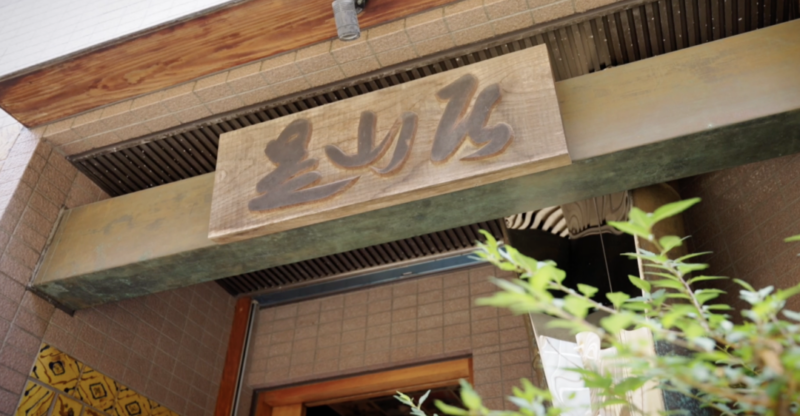
At Zezankyo, tempura is prepared with ingredients at the core, without any over-seasoning or processing. All techniques are aimed at highlighting the flavours of the ingredients themselves. Just like the sushi maestro Jiro Ono, Tetsuya Saotome-san cherishes the gifts of nature and works behind the counter day in and day out, creating bite-sized pieces of pure heaven from fish, seafood and vegetables. The focus at Zezankyo is squarely on the food.
Tetsuya Saotome has upheld a principle of “one foot, five inches” as the golden rule in making tempura, reflected in the distance between the cooking counter and the guests, the control of frying time, and the selection of seasonal ingredients, ultimately emphasizing precision. At Zezankyo, the cooking counter is most of the time quiet except for the sizzling sound during frying, as the chef must rely on sound to manage the cooking process. Saotome-san explains that ingredients undergo processes of dehydration, boiling, and roasting in the frying pot, essential to ensure ingredients reach their best conditions. After the water in the tempura batter evaporates at high temperatures, the ingredients will be boiled and finally roasted in the oil, thus achieving a crispy yet not greasy result.
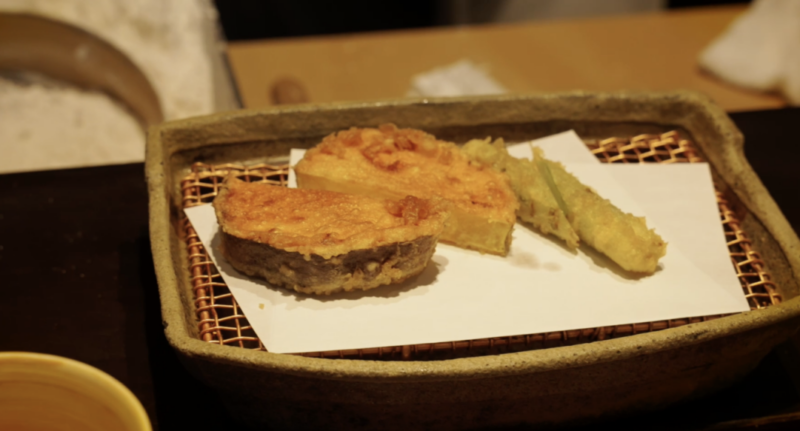
My favourite part is the prawn head, whichis perfectly crispy and appetizing. The squid, which is crispy on the outside and chewy on the inside, is also unforgettable. Saotome-san has been making tempura for over fifty years. He believes that the most sensitive temperature for the human tongue is 45 degrees Celsius, and he also understands what temperature can bring out the best of each ingredient. For example, tempura prawn must be controlled between 45-47 degrees Celsius to bring out its sweetness. Japanese whitings taste the best when their water content is reduced by 70%. For sea eel, which has more water content, it takes two minutes of deep frying to dry it out and remove the fishy taste. The highlight is the anago near the end of the meal which Saotome-san cuts with his chopsticks, making a very satisfying crunch sound. All of these cannot be achieved without years of practice and precise measurements. With enough data, the numbers speak for themselves.
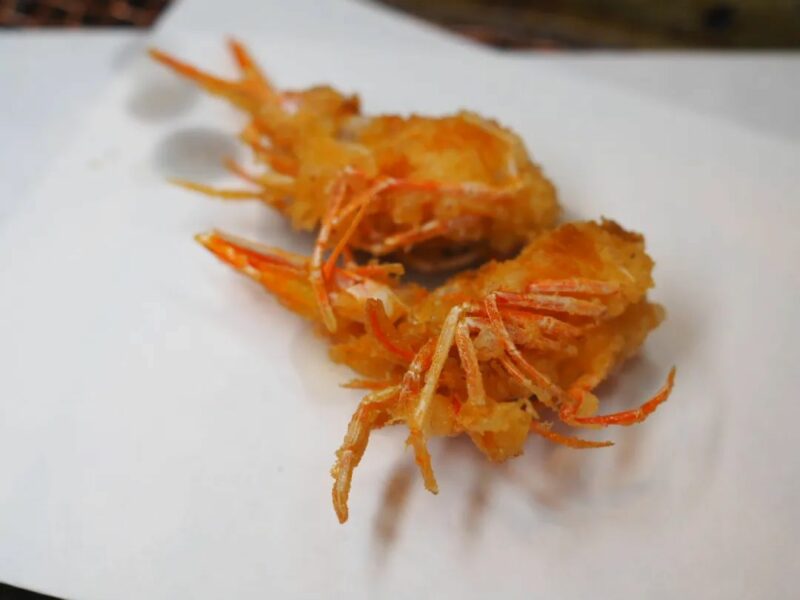
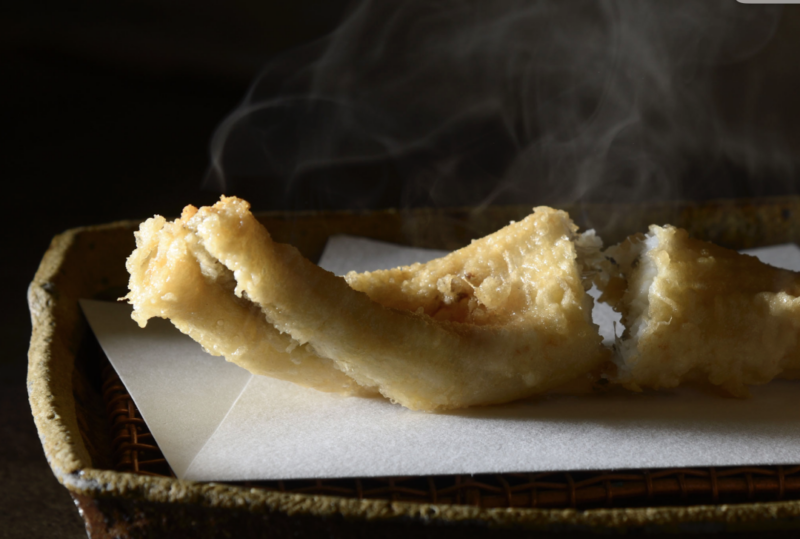 Prawn Head / Sea Eel
Prawn Head / Sea Eel
In addition, the sea urchin wrapped in shiso leaves is also a masterpiece. Saotome-san says that in the past, sea urchins were mostly served with seaweed. He made improvements to the dish and uses crisp shiso leaves to wrap the slightly raw sea urchin, fried to perfectly sweet and satisfying. The meal was originally finished with scallop tempura don. Scallops are fried together as a cake instead of being fried individually since they taste better and sweeter when they are fried as a whole. On that day, the scallop was replaced by equally delicious prawn because the quality of the scallops did not meet Zezankyo’s requirement. The restaurant only uses salt and traditional tempura sauce for dipping, reflecting Saotome-san’s confidence in his cooking techniques. That day we were accompanied by food critic Mr. Masuhiro Yamamoto, who is a longtime friend of Saotome-san. He describes Saotome-san as a scientist, mathematician, and artist.
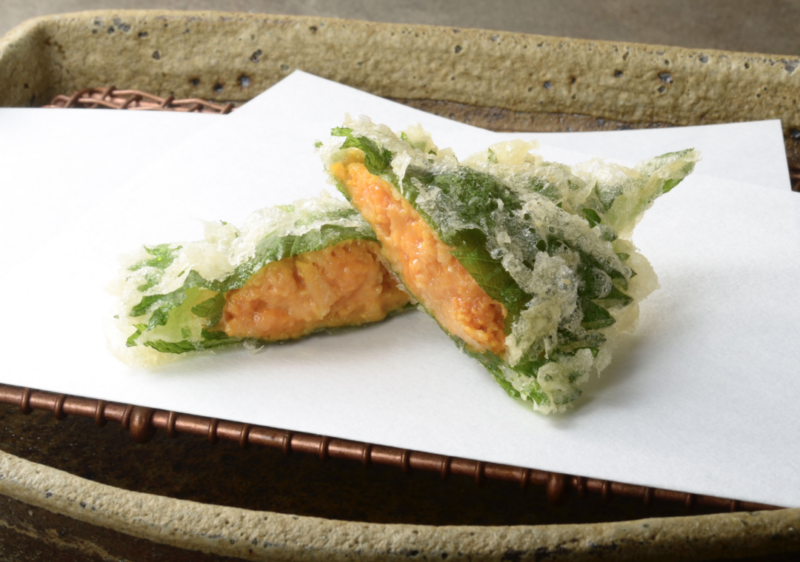 Sea Urchin wrapped in Shiso Leaves
Sea Urchin wrapped in Shiso Leaves
The third floor of the restaurant displays Tetsuya Saotome’s art collection, which is said to number 40,000 items, including antiques from the Edo period. Saotome-san used to draw all the menus by hand, only recently they changed to printing based on original hand-drawing. Chinese is also added to the menu now. Saotome-san is not only a tempura master, his passion for culture and spirit of research have enabled him to remain dedicated to a frying pan for more than 50 years, treating cooking as a scientific and artistic endeavour.
Tetsuya Saotome started looking for work in Tokyo at the age of 15. He initially wanted to pursue a career in sushi, but after being convinced that being a tempura chef could enjoy a higher salary, he began training under a celebrated tempura chef at Tensho, a century-old tempura restaurant in Ueno. He and Jiro Ono, the god of sushi, have been close friends for many years, and have filmed together in the NHK documentary The Gods of Food: The Last Promise. In the film, Jiro Ono, whois still working in his nineties, says that he wanted to spend the last minute of his life in front of the sushi counter, while Tetsuya Saotome jokingly says that he would fall into a frying pot if he collapsed on the worktop. I laughed and cried at the same time. It was touching to see how the two of them developed a strong friendship despite the age difference of about 20 years.
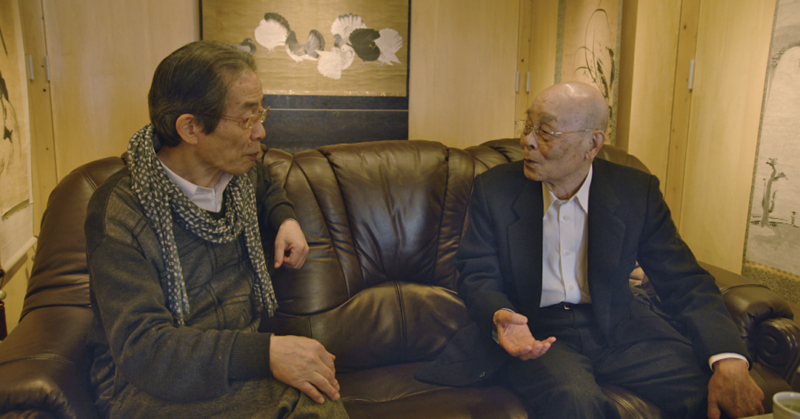 Tetsuya Saotome(Left) and Jiro Ono(Right)
Tetsuya Saotome(Left) and Jiro Ono(Right)
I have visited Zezankyo many times over the past few years. Though Saotome-san may not initiate conversations as frequently as others, once we got to talking, I could feel his strong energy and great sense of humour. Less cared about titles like “the god of tempura”, he is a man of great influence, yet for over fifty years, his unwavering dedication and relentless pursuit of excellence have been truly admirable.
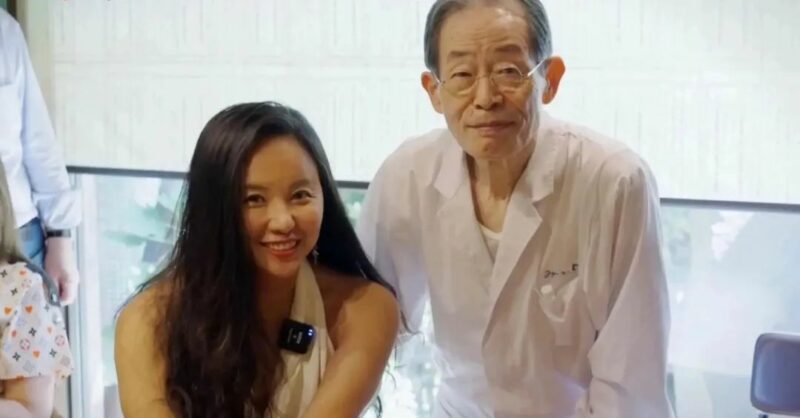 Saotome(Right) and the Author
Saotome(Right) and the Author
Photo: Katherine Gu/Peray Hsiao/mikawa-zezankyo.jimdofree.com/instagram


